MSDA Rikuzentakata Field Trip 2025
Master of Social Development and Administration (MSDA) Course
Oct 17, 2025
OVERVIEW
From August 6 to August 8, we traveled from Tokyo by Shinkansen to Ichinoseki, then took about an hour-long bus ride to the Tsunami Memorial Museum, where we began our three-day field study. From this point, Professor Nakano started teaching us how to incorporate drawings and timelines into our notes to help record things in a clearer way. This was a new experience for us students and has proven to be extremely helpful for reviewing our notes in the future. (Shanfu)
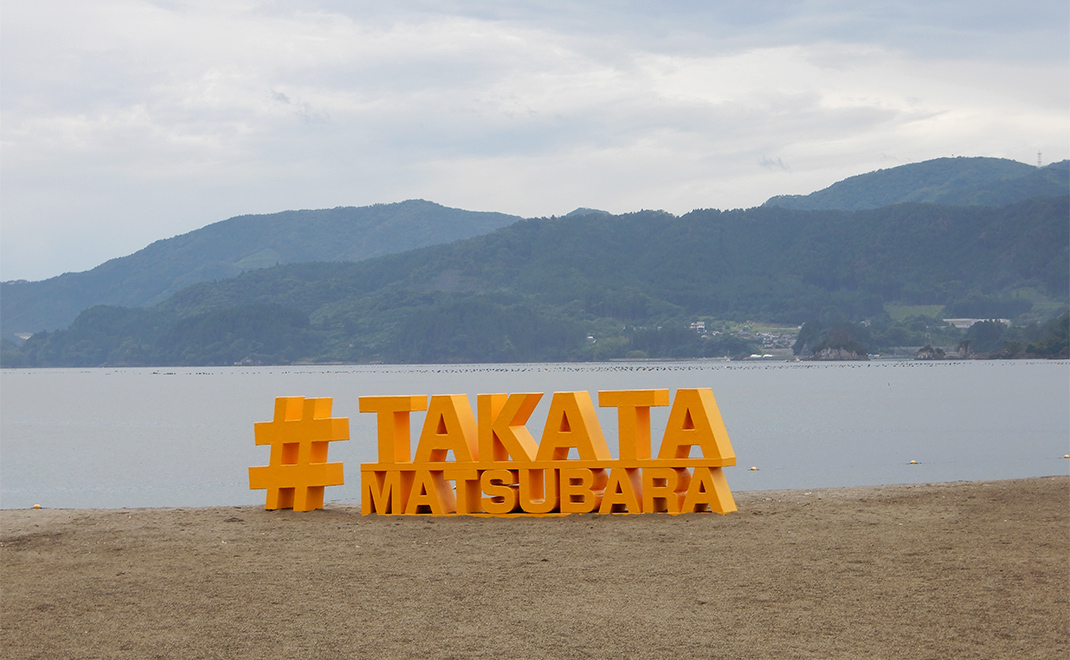
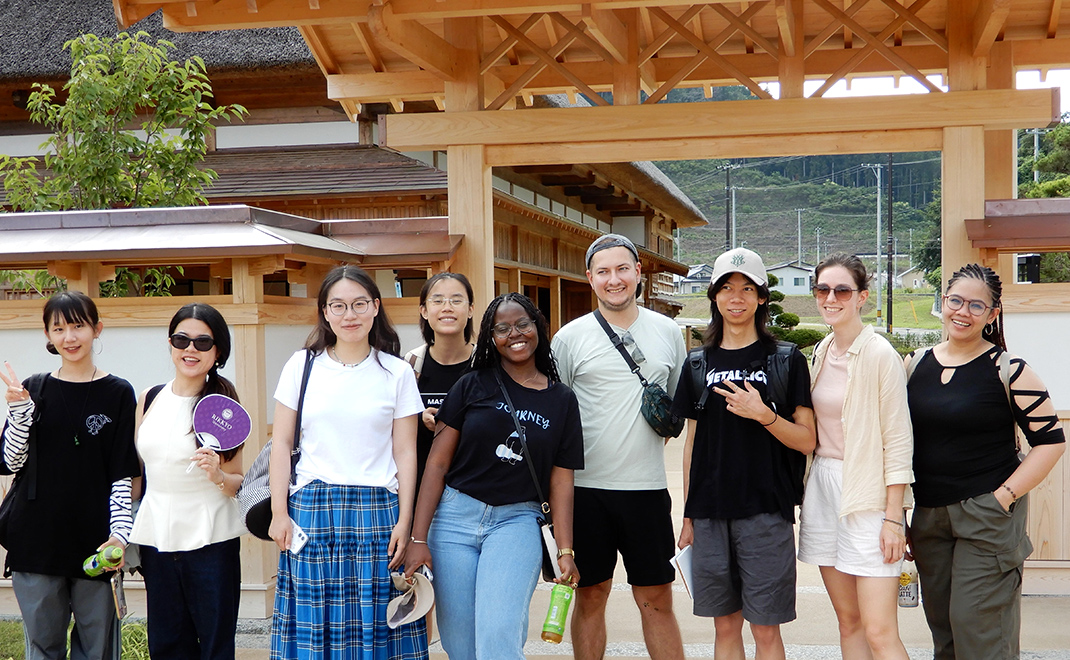
Day 1
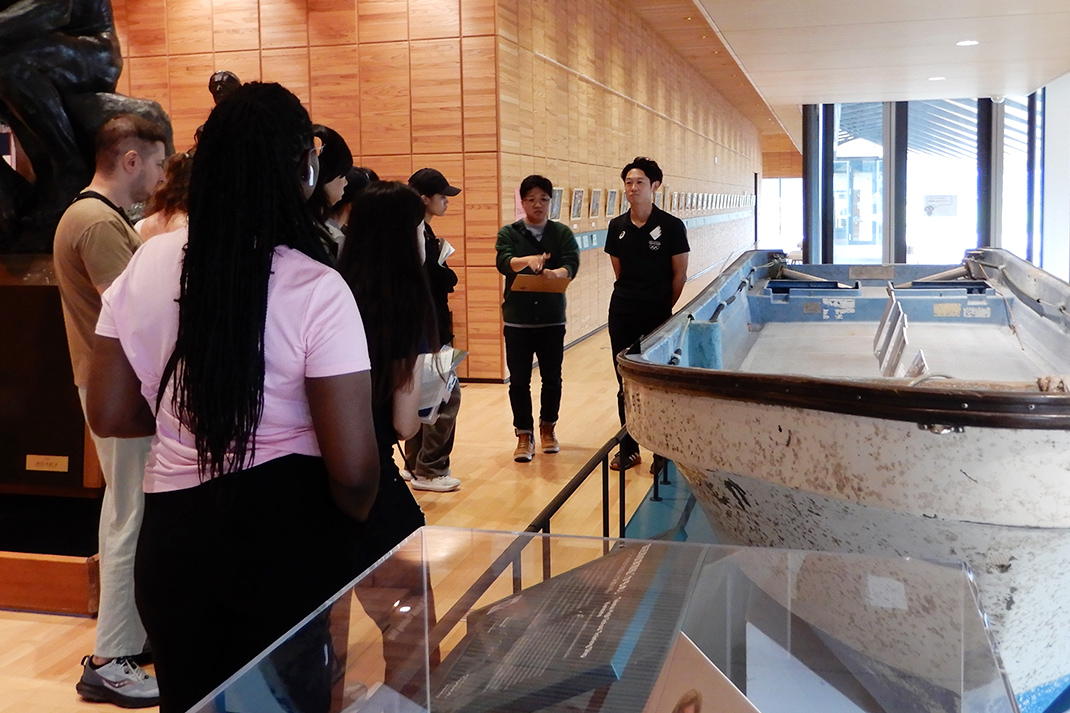
Iwate Tsunami Memorial and Rikuzentakata City Museum
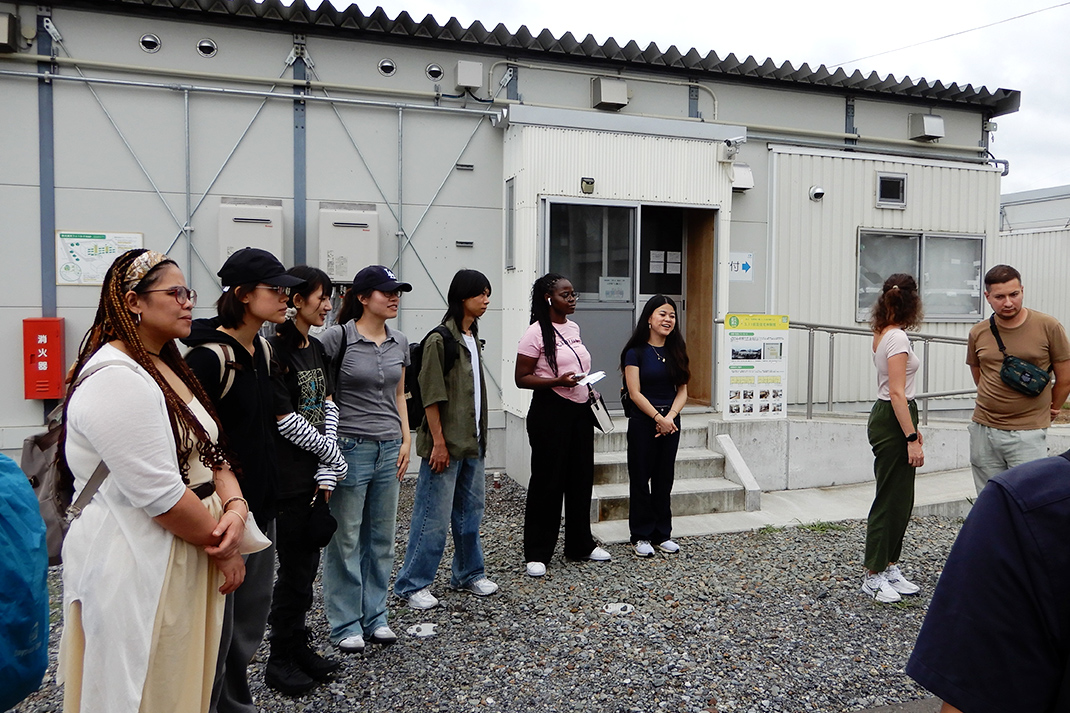
Temporary Housing Experience Hall
Day 2
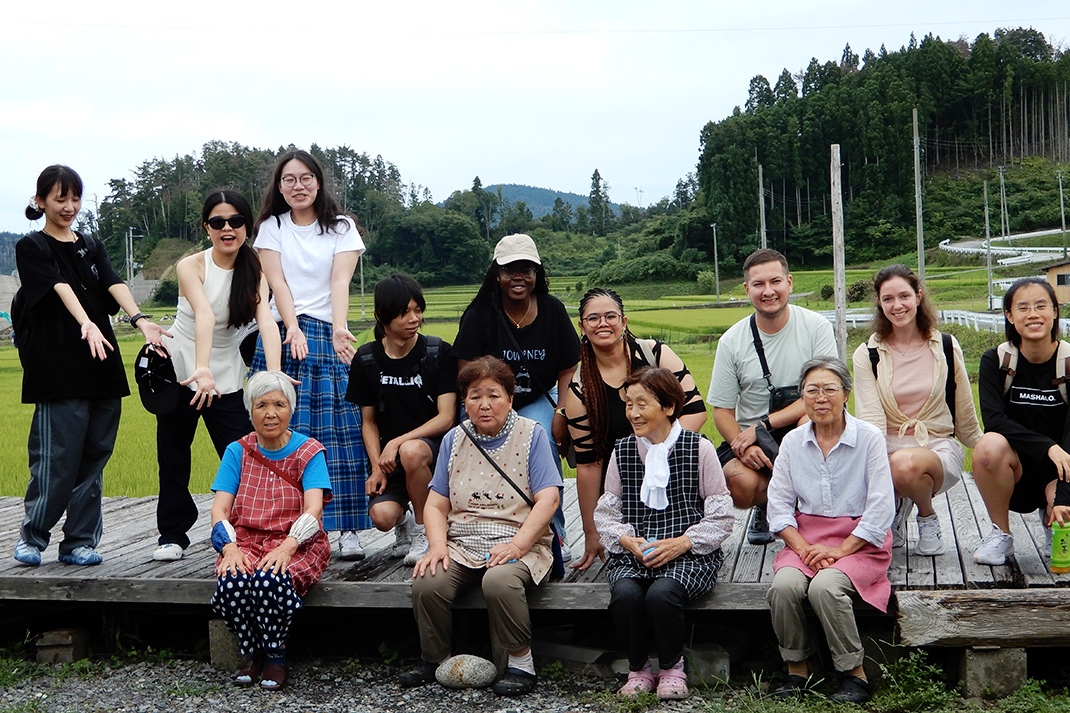
Nagahora Genkimura
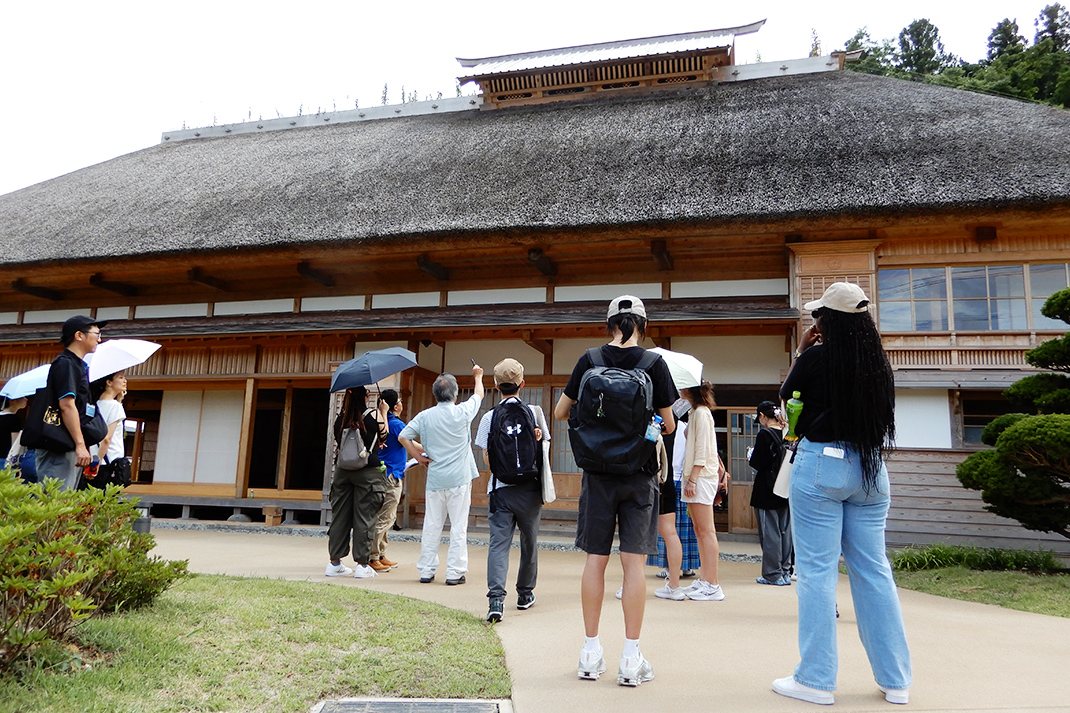
Yoshida House
At the Yoshida House, the carpenter’s talk also introduced the contribution of traditional craftsmanship to reconstruction, revealing how local knowledge was used for rebuilding Rikuzentakata. Insights from the carpenter’s talk highlighted the relevance of local knowledge and traditional skills in reconstruction. This illustrated how community participation and endogenous resources enhance sustainability in recovery processes. (Anita)
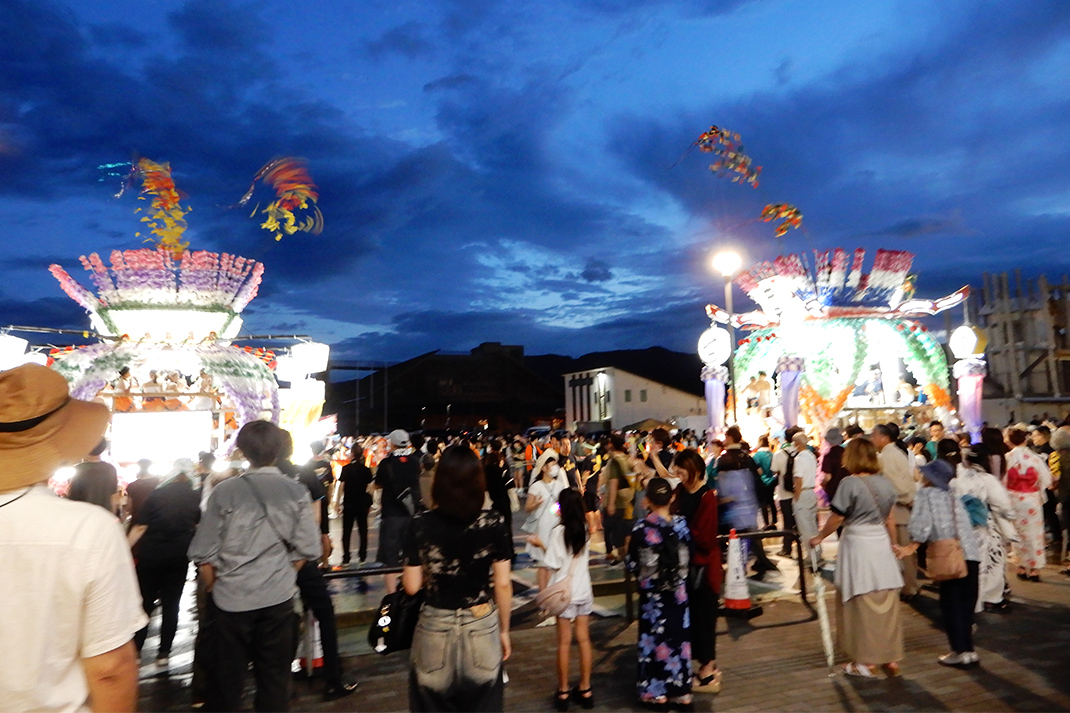
Tanabata Star Festival
Day 3
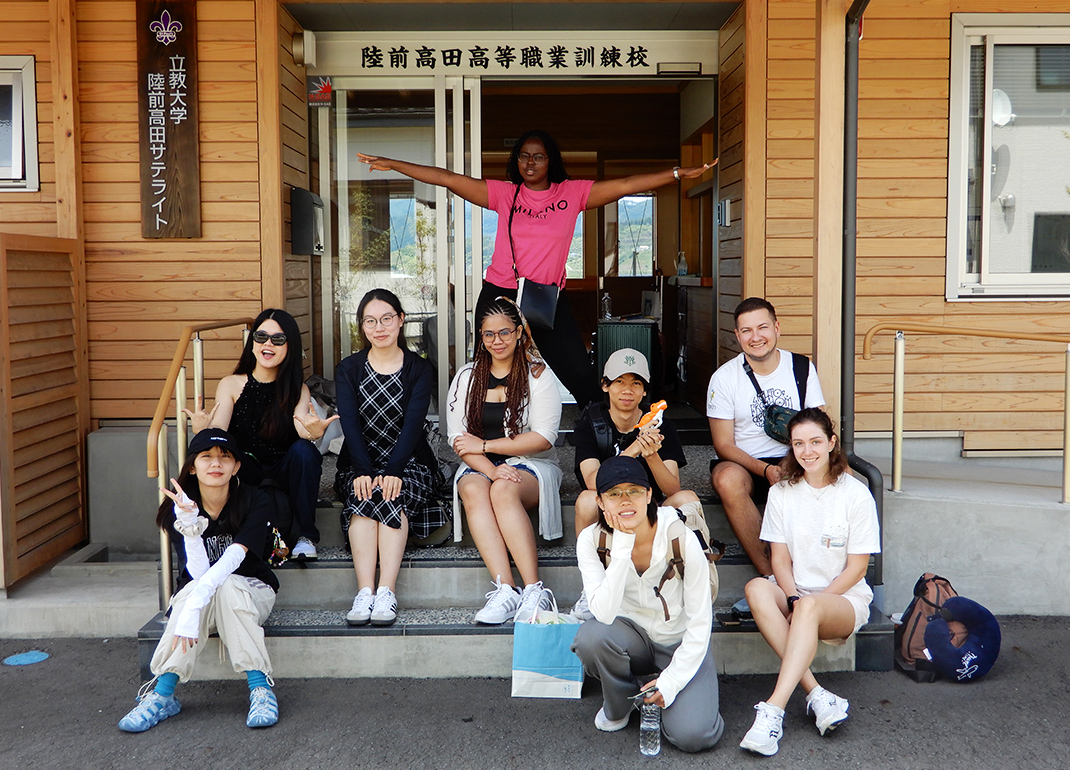
Rikkyo Satellite
The town, though still in the process of recovery, displayed remarkable progress and resilience. This trip also made me reflect on the broader issues of disaster recovery and urban planning. It became clear that the recovery process is not just about rebuilding infrastructure, but about restoring the spirit and livelihood of the people. The combination of government efforts and community-driven initiatives showed me how recovery from a natural disaster requires both practical solutions and emotional efforts. (Zhu)
RECENT TOPICS
Sep 19, 2025
Field Trip in 2025 Summer
Master of Public Management and Administration Course (MPMA)